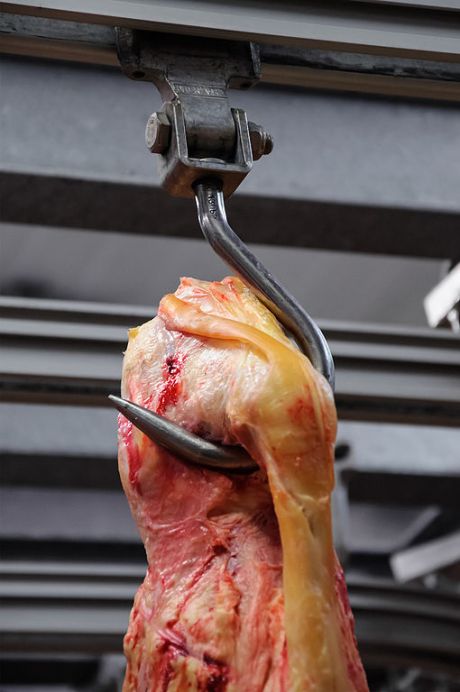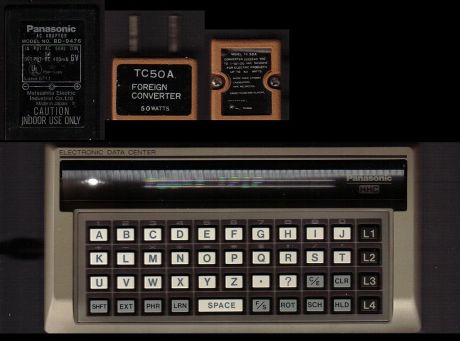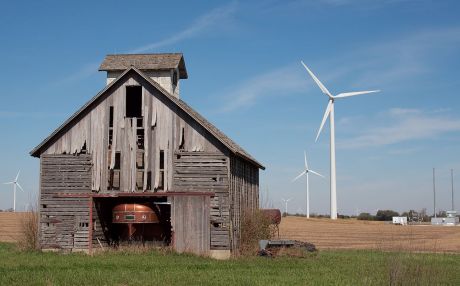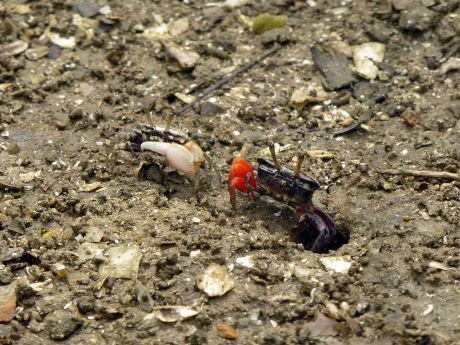
Full-electric vehicles are moving closer to reality thanks to the development of innovative Body in White architectures using advanced lightweight Aluminium and composite materials.

An innovative research project has developed non-toxic paints from seaweed as an alternative to environmentally toxic solvent-based paints.

Patients suffering from a variety of ailments are slated to benefit from advanced shoes that can send critical feedback to wearers and to those monitoring them.

New techniques and tools promise to reduce noisy rail travel, encouraging healthier and more sustainable rail transport for European citizens.

An EU team facilitated the sharing of shipping container information between operators and regulators. After studying the sector's risks, trends and requirements, the team completed a suggested system architecture and preparations for testing.

With the advent of nanotechnology, it becomes possible to study and manipulate the interaction of light and matter on the scale of single photons and electrons. New mathematical descriptions of such behaviours in carbon nanostructures will spur new devices.

A group of EU research institutions and small companies have developed a prototype device that classifies pork cuts on the basis of colour and quality.

Modern society relies heavily on plastic for various applications, yet this material is extremely harmful to the environment. An EU-funded project is looking to replace this material with an environmentally friendly alternative from plant by-products.

Academic research has paid considerable attention to statistical machine translation (MT), but in practice traditional rule-based machine translation (RBMT) architectures continue to dominate. This is due to a number of reasons and shortcomings on both sides.

An EU research project has produced a bioelectrical cell-based sensor for rapid detection of pesticides and specific organic contaminants in fresh produce, cork and wine.

Robots can offer an effective automation solution to support the European manufacturing industry in assembly tasks. An EU initiative is designing cost-effective robot systems and applications for assembly lines.

Active control of air flow over large moving structures can significantly improve behaviours in targeted applications. Advanced vortex generators will modify air flow over helicopter or wind turbine blades to increase the efficiency with which they do their jobs.

Robots can offer an effective automation solution to support the European manufacturing industry in assembly tasks. An EU initiative is designing cost-effective robot systems and applications for assembly lines.

Along the road from conceptual design of aircraft components to fully integrated flight testing is the exploitation of dedicated test rigs for individual components. A new one to test aircraft starters and generators will support future all-electric aircraft.

Measuring sources and sinks of greenhouse gases from space is constrained due to a lack of effective monitoring tools. EU-funded researchers are developing semiconductor-based laser sources for active optical instruments for this purpose.

With the explosion of all things wireless, the radio frequency spectrum is fast becoming scarce. An EU initiative sought to put an end to this spectrum shortage.

The time and costs related to testing helicopter electric systems significantly affect the competitiveness of the EU's aerospace industry. A new test bench will revolutionise testing of electric actuators.

Researchers have created new biodegradable and bacteria-resistant packaging materials out of shellfish, specially designed for food packaging.

An EU-funded project worked on improving design and processing of jet engine parts. The optimised materials should be able to endure very high temperatures.

Tomorrow's green regional aircraft must meet demanding weight reduction, energy, and aerodynamics efficiency and operational performance targets to minimise emissions and noise. An EU initiative created software to tackle the challenges.

An EU-funded project advanced state-of-the-art composite material technology to bring it closer to mass production for automotive applications.

The time has come for robots and operators to work alongside each other on assembly floors. An EU initiative is proposing a solution where they safely cooperate with each other via a user-friendly interaction system.

Europe's rail sector needs to overcome limitations in ageing infrastructure. An EU initiative developed a new automatic sensor system to replace visual inspections of such infrastructure in order to optimise monitoring and prioritisation of repairs.

An EU-funded project has investigated nano-structured materials that can be used to restore cultural landmarks and works of art.

Lighting accounts for a significant part of electricity consumption in homes and buildings. An EU-funded project is introducing light-emitting diodes (LEDs) with promising materials that consume 50 % less energy than fluorescent bulbs.
























